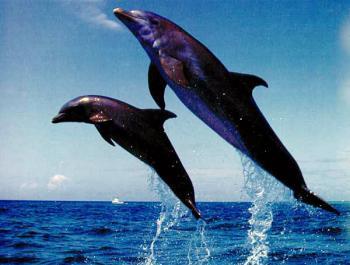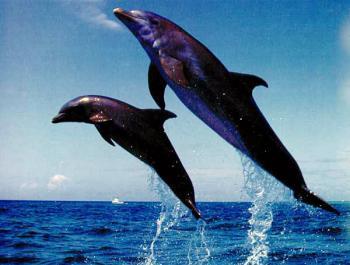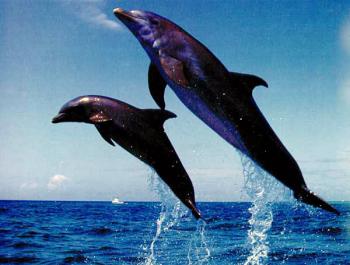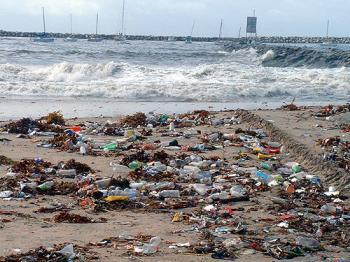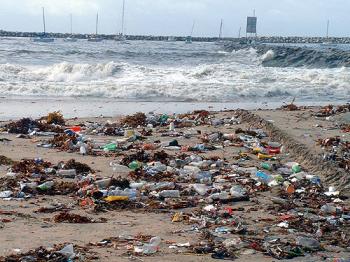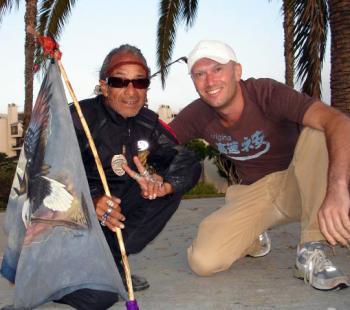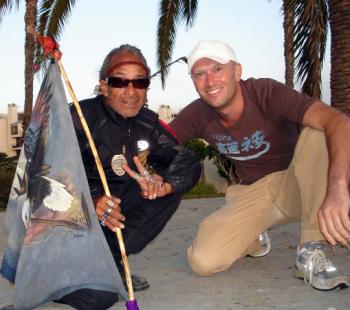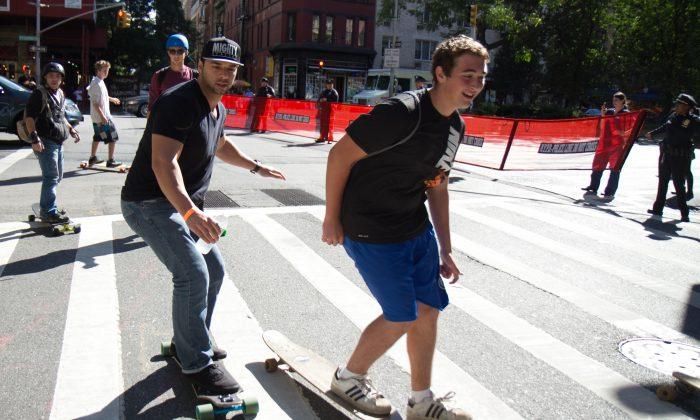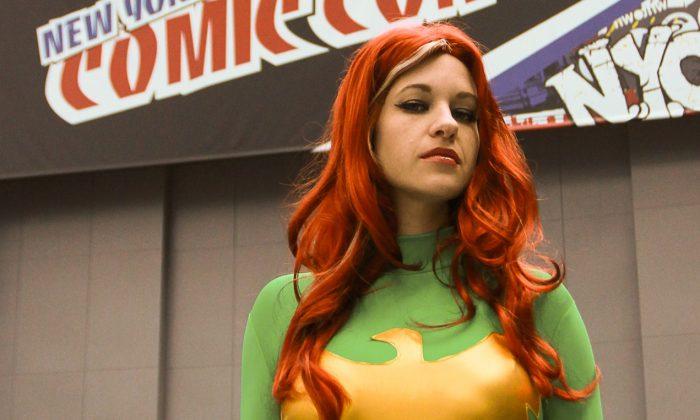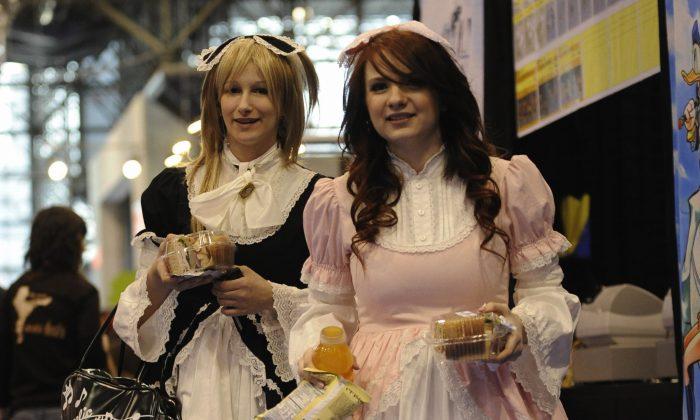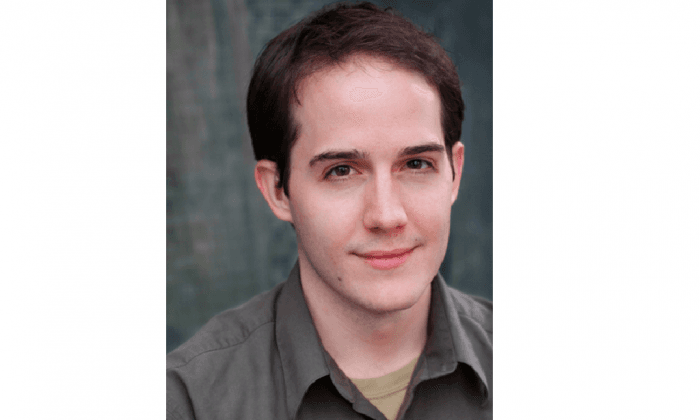The health of our oceans and pollution of our water supplies is a growing concern. Do major cities such as Los Angeles contribute to the pollution of our global water supply? If so, what can we do to help turn things around for the better?
The seasonal rains of Los Angeles are familiar to every citizen of Los Angeles: A city built in the valley of a desert that only receives rain a few days out of the year. For many the rain is a blessing, and it certainly helps freshen up the city, wipe the streets of oil and remove the grime that builds up over time. We wake up the next day and feel that the city has been cleansed; a nice refreshing feeling to be sure.
But where does all that junk go?
The aqua ducts and urban runoffs of Los Angeles certainly provide a great service, however when the trash that has built up throughout the year is carried along by rain water, approximately 28,000 ton’s exits these arteries into the sea. Once there the refuse enters a great system of channels that eventually coalesces all of it into one giant amorphous blob of plastic, glass, metal, bottle caps, toys, clothes, and other discards, known as the Eastern Garbage Patch.
This island of garbage, a collective of the worlds, is thousands of miles wide, and floats in an area north of the Hawaiian Islands. The island cannot be walked on, as it consists of billions of tiny bits of throwaway parts from larger objects, up to a million pieces per square mile that have been partially broken down along the journey, parts that are the perfect size for consumption by sea animals.
There is also a Western Garbage Patch along the Eastern coast of Japan.
The Pacific is polluted.
Unfortunately these materials do not biodegrade quickly, and researchers have even found bits of plastic and metal from the 1950’s still floating around in the current, or inside the stomachs of recently deceased animals. Plastic bags are one of the worst offenders, as the mass of billions of bags float around in the sea and photo-degrade into small digestible morsels of poison.
Some of the garbage washes back ashore in various places across the world, but most of it stays floating around in this artificial island-like soup, blocking the suns light and making it difficult for sea-goers to traverse.
When small animals consume this plastic they either die immediately or become intoxicated as their digestive systems break down the chemicals in the products. When larger animals consume their bodies they will also become toxic, and so on all the way up the food chain toward human beings.
It’s said that we and everything around us are built of water. Then what we put in our water will certainly come back to affect us, right?
That begs the question, what can we do?
There may be a solution on the horizon.
The Dolphin Project
“One day I was walking along the beach, as I do every day, and I saw this HUGE amount of rubbish, for miles and miles along the shore, and I thought there must have been an explosion, that an oil tanker had blown up, or a factory had a major incident occur.” Martin Dunkerton says, “When I asked the locals they told me, ‘Oh no, this happens every year.’”
They then explained the process of seasonal washout to Martin. “I replied ‘Surely that’s illegal.’ And they said ‘No, that’s been happening for years and years.’ I was shocked to my core, on a very human level, that in a civilized country in one of the richest areas of the world, that they could allow this to happen.”
Some may be equally shocked by such a sight, but then we move on to other concerns. Martin Dunkerton is a film maker, producer, and director from England who now resides in Venice Beach, and when he witnessed this scene he knew deep inside that action was needed, but he didn’t know where to begin.
“And I just cried out to God, ‘God, show me a solution, show me how I, as an ordinary human being, can do something.’ And I got shown in a vision that what traps and kills dolphins, these huge nets… And I see dolphins every day in Santa Monica and Venice… And I thought, ‘what can kill dolphins can also help save them.’”
That’s when Martin received inspiration.
‘Catching Rubbish’
“Why not have a three steel mesh net system simply implemented on the urban runoffs from the city, preventing all rubbish before it hits the ocean? This would prevent it from ever reaching the dolphins and marine life, and the plastic island in the pacific. I felt it was such a simple solution.”
He says, “I just witnessed all the rubbish entering the ocean a few weeks back, when it rains. Over night the sea is completely polluted. And that’s when we can apply the three steel mesh solution and collect the rubbish, just like fish. The principle of catching fish almost seemed Biblical to me, and here we are catching rubbish.”
From Martin’s beachside home he is able to see the dolphins jumping out of the ocean and playing amongst the waves.
“I named this the Dolphin project because every time… Our minds think this may be too hard to get off the ground, or we’re too busy with other things… And I see the dolphins and it’s almost like they say ‘Get off your ass Martin, and do something about it, because we know you can!’ And I can.”
A system to help catch run-off’s may seem like such a simple concept, but so far no solution of this type has been implemented. “Apparently it’s been too expensive,” he says.
Keep green initiatives and local clean-up crews have told us to throw away our trash in designated areas for years, and to help keep our beaches clean. While personal responsibility is certainly part of the solution it may be difficult for each of us to be completely responsible all the time, and there are other factors outside of our control. A backup solution that doesn’t rely completely on the individuals of each community may be in order.
Local Support to Clean Up the Oceans
“So I took this as a simple concept to the students of UCLA, I talked to about 200 students, and they absolutely loved it. They got over 60 businesses to back the Dolphin Project.” Groups such as The Surfrider Foundation, who represent over 50,000 people, now back the project, as well as local celebrities and key figures of the Venice and Santa Monica beach communities.
The response has been “Incredible. Amazing. People can’t understand why it hasn’t been done before. And it’s not a question of ‘if,’ it’s a question of ‘when’ we put it into practice. There’s a huge excitement that we can actually make this happen.”
Martin professes to love Gandhi’s quote, “Be the change you want to see in the world.” How then do we start implementing this change?
“Well in effect it has started, the process is underway. We are gathering the support of all the local authorities, from the local council, to the police, we have to bring all these bodies on board, and get their consensus as well. And when we achieve that, the trial can begin.”
This isn’t necessarily an inexpensive or quick solution, however. On this subject Martin says “I’m about to apply for part of a $10.5 million grant from the Santa Monica Bay restoration fund, which I hope will ultimately fund a trial of the Dolphin Project for next year. To really create a prototype, that’s our goal. When the prototype is created we can put it into practice, as soon as 2010.”
Why not start now, why wait until 2010? “Well the rains have come and gone. And the engineering will take a few months to accomplish. All the rubbish has gone into the ocean already, unfortunately. But as soon as we’ve created a trial, that will, in an instant, I estimate stop 98% of rubbish from entering.”
A Ripple Creates a Wave
A system such as this, if effective in Los Angeles, may be applicable in other major cities across the world, and could create a global wave of change.
“Yeah, it’s a prototype that could be put in place anywhere in the world. It’s potentially a multi, multi-million dollar solution for the environment. And I love the fact that we’re a charity, so ultimately it will go back into other green projects.”
Martin’s charity, the Prosperity Foundation, is a local 501c3 charity based out of Malibu. He says, “Santa Monica has all the resources, you can make money from all the rubbish you collect. There is a whole green economy that is emerging, that this could be a part of. I love that idea.”
He continues, “Baby steps lead to giant steps. And as Anthony Hopkins said, ‘Have mighty thoughts and ideas, and mighty forces will come to your side.’ And that simply means being in tune with yourself and with the universe. And being nearby the ocean helps me be in tune, so this is my way of giving back.”
Martin believes in the ethic of ‘Think Globally, act Locally,’ and he says “We can all do something about the environment in which we live. We can think about the world and act in charities that are global, but ultimately each of us has a responsibility to act locally. This is just my way, and I will achieve the goal of the Dolphin Project.”
Does he ever have doubts about this project and its success?
“Oh yeah, absolutely. I have doubts, and then I walk by the ocean and see a whole family of dolphins jump out, and I have no doubts at all. [laughs]”
More information on The Dolphin project can be found at http://www.yourprosperityfoundation.org/THE_DOLPHIN_PROJECT.html
